The annals of art history are littered with broken hearts—casualties of passion that somehow transmuted personal anguish into timeless masterpieces. From the tortured brushstrokes of Van Gogh to the melancholic sonnets of Sylvia Plath, the correlation between emotional devastation and creative brilliance is neither coincidence nor cliché. It is a visceral alchemy, one where the raw materials of sorrow are forged into something transcendent. The artist’s broken relationship, far from being a mere footnote, often becomes the crucible for their greatest work.
Consider Frida Kahlo, whose marriage to Diego Rivera was a tempest of infidelity and reconciliation. Her physical pain from a near-fatal bus accident was compounded by the emotional wounds of Rivera’s affairs, most notably with her younger sister. Yet it was this very torment that birthed "The Two Fridas"—a haunting double self-portrait where one Frida, clad in European dress, clutches a surgical tool while her heart bleeds onto her lap. The other, in traditional Tehuana garb, grips a miniature portrait of Rivera. The painting is less a depiction of duality than a scream rendered in pigment: a woman split apart by love, yet somehow more whole in her art.
Literature offers no shortage of parallels. T.S. Eliot penned "The Waste Land"—arguably the defining poem of the 20th century—while trapped in a loveless marriage to Vivienne Haigh-Wood. His wife’s mental instability and their mutual misery seeped into the fragmented verses, where "breeding lilacs out of the dead land" becomes a metaphor for creating beauty from despair. Eliot’s later admission that the poem was "the relief of a personal and wholly insignificant grouse against life" underscores how the mundane agony of a failing relationship can catalyze extraordinary art.
Music, too, thrives on this paradox. Adele’s "21" album, a global phenomenon born from her breakup with a longtime partner, demonstrates how heartbreak can resonate universally. The album’s lead single, "Someone Like You," distills the particular ache of seeing an ex-lover move on into a melody so potent it became an anthem for millions. What makes such works endure isn’t just their craftsmanship, but their authenticity—the sense that the artist didn’t merely observe pain, but drowned in it, then resurfaced with something precious salvaged from the depths.
Psychologists have long debated whether suffering is a prerequisite for great art. The "tortured genius" trope persists for a reason: trauma often dismantles the ego, leaving the artist vulnerable to truths that polite society obscures. A shattered relationship forces introspection, a recalibration of one’s place in the world. For the artist, this isn’t just emotional labor—it’s raw material. Picasso’s Blue Period, steeped in melancholy after his friend Carlos Casagemas’ suicide, shows how grief can refine an artist’s vision. The monochromatic paintings, though somber, marked Picasso’s first major stylistic evolution.
Yet there’s a danger in romanticizing this dynamic. For every masterpiece born from heartbreak, there are countless artists consumed by their sorrows. Vincent Van Gogh’s descent into madness following his unrequited love for Eugénie Loyer and later, his fraught relationship with Sien Hoornik, underscores the fine line between transformative pain and self-destruction. His "Starry Night," painted from the asylum at Saint-Rémy, is as much a testament to his genius as it is a cry for help—swirling skies that mirror a mind unraveling.
Modern creators continue this tradition, albeit with greater awareness of mental health. Taylor Swift’s discography, for instance, reads like a diary of romantic casualties turned into cultural touchstones. Her ability to transform personal heartbreak into narratives that fans claim as their own speaks to art’s ultimate redemption: the alchemical process where private grief becomes communal catharsis. The same could be said of Edvard Munch’s "The Scream," inspired by a sunset he witnessed while reeling from a failed love affair. What began as one man’s existential dread now echoes across centuries as a universal symbol of anguish.
Perhaps this is the cruelest irony of artistic creation: that the very relationships which destroy an artist’s peace so often become the foundation for their legacy. We remember Georgia O’Keeffe not for her marriage to Alfred Stieglitz, but for the flower paintings she produced during their tumultuous union—works so vibrant they verge on erotic, yet tinged with the loneliness of a woman separated from her husband by his infidelities. The art outlives the agony, but never quite escapes it.
In the end, the question isn’t whether heartbreak fuels great art, but why we’re so compelled by the results. There’s a voyeuristic thrill in peering through the keyhole of an artist’s private torment, yet also a profound recognition. Their shattered love stories mirror our own smaller losses, granting dignity to what might otherwise feel like ordinary pain. The masterpiece, then, is more than pigment or words or notes—it’s proof that even the most broken things can be remade into something beautiful.
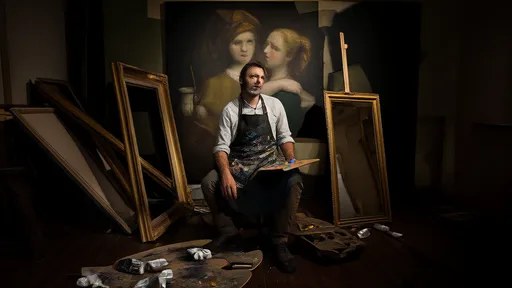
By /Jul 3, 2025
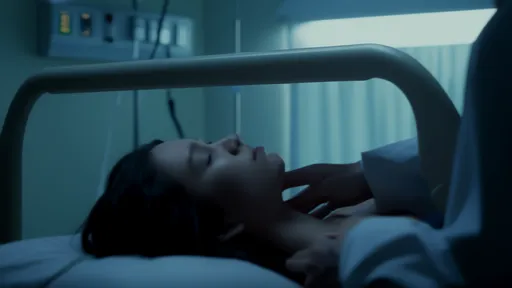
By /Jul 3, 2025
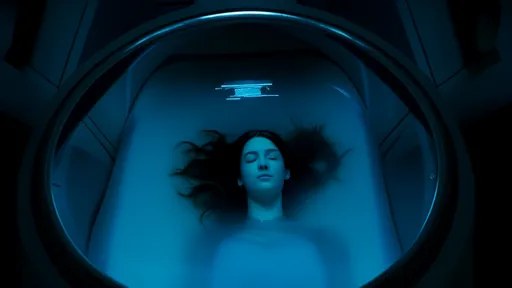
By /Jul 3, 2025

By /Jul 3, 2025

By /Jul 3, 2025

By /Jul 3, 2025
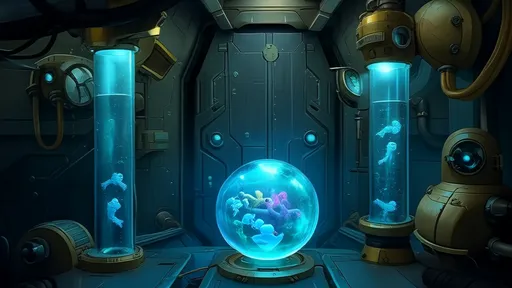
By /Jul 3, 2025
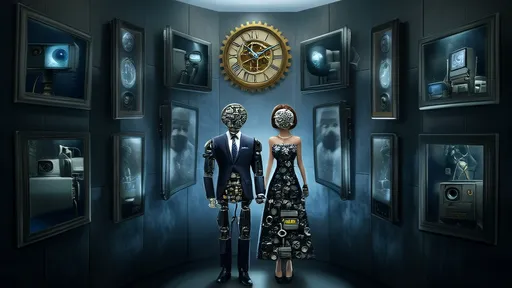
By /Jul 3, 2025
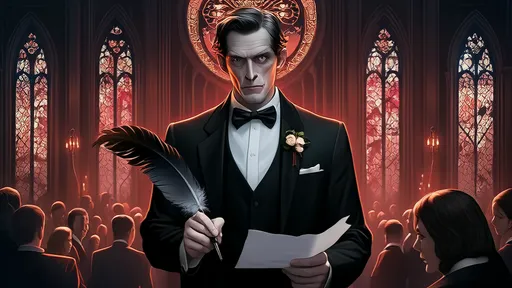
By /Jul 3, 2025
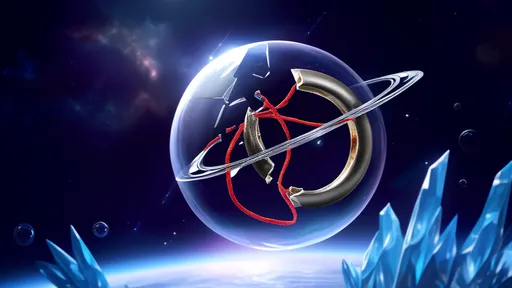
By /Jul 3, 2025
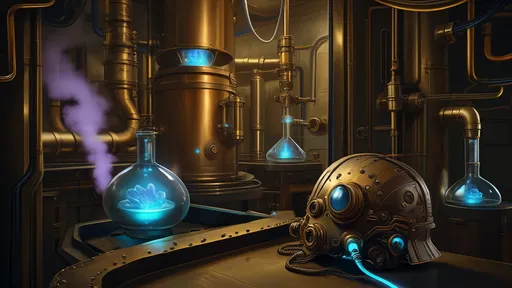
By /Jul 3, 2025
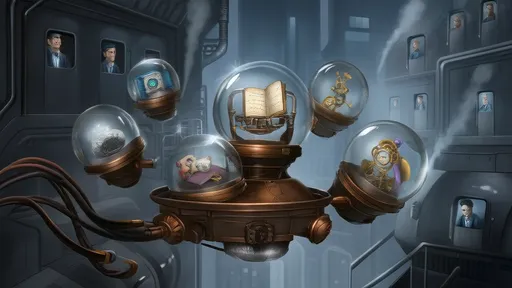
By /Jul 3, 2025

By /Jul 3, 2025
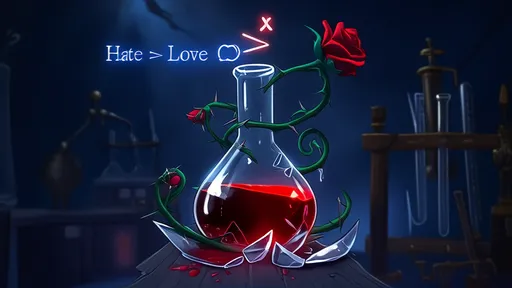
By /Jul 3, 2025

By /Jul 3, 2025

By /Jul 3, 2025

By /Jul 3, 2025
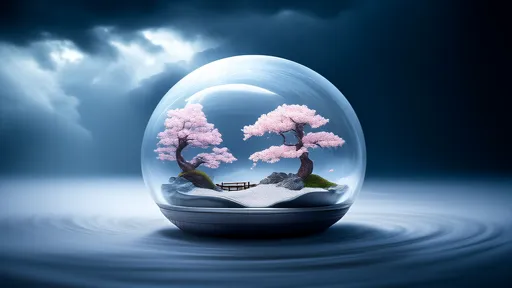
By /Jul 3, 2025
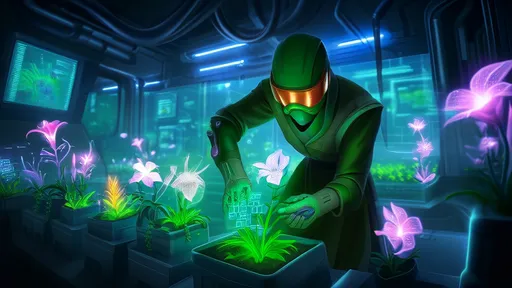
By /Jul 3, 2025

By /Jul 3, 2025